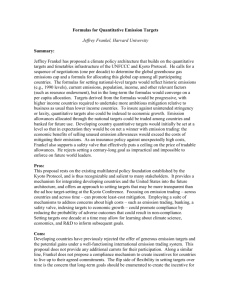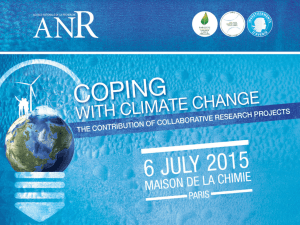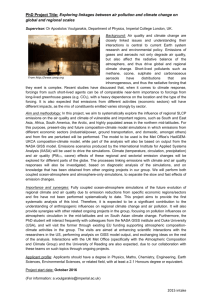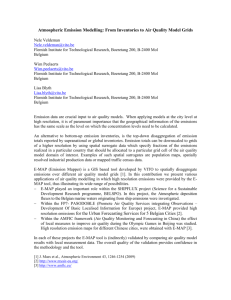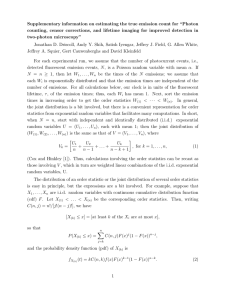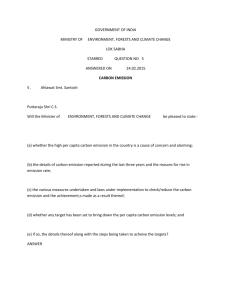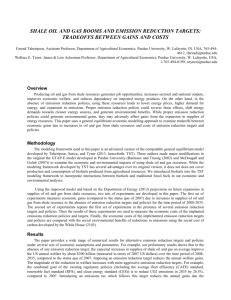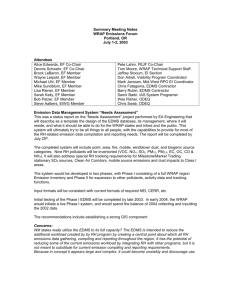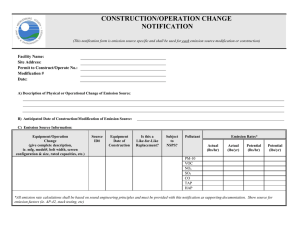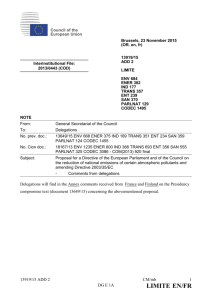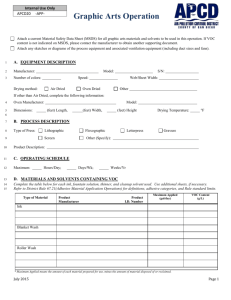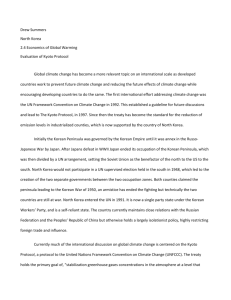The carbon content of international trade flows
advertisement
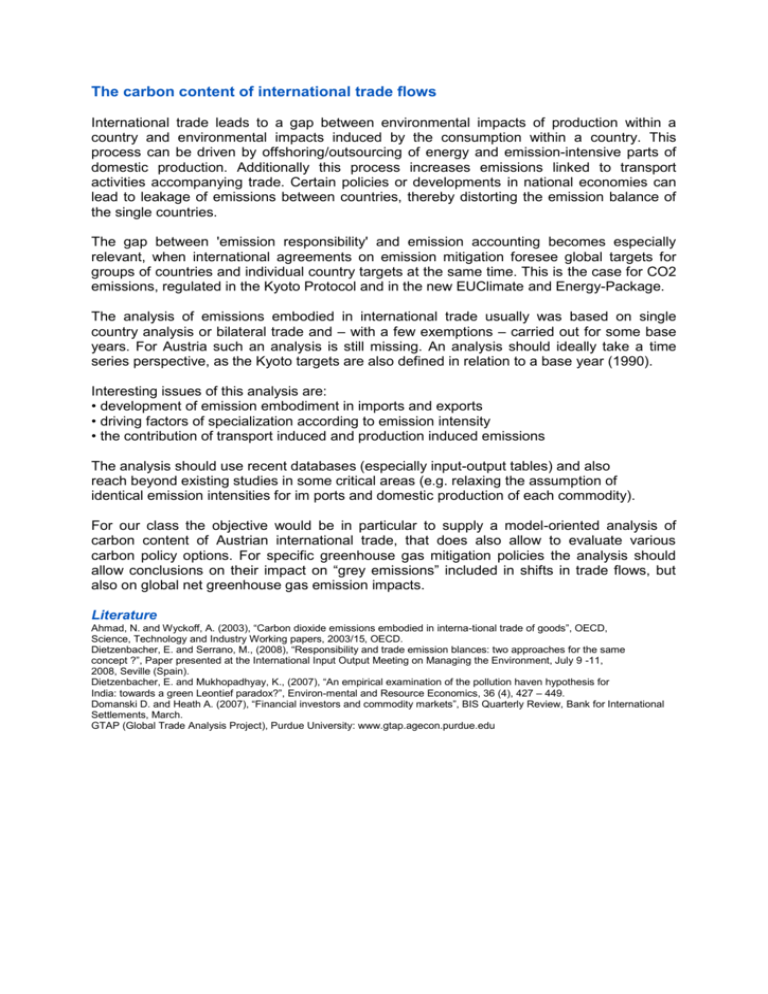
The carbon content of international trade flows International trade leads to a gap between environmental impacts of production within a country and environmental impacts induced by the consumption within a country. This process can be driven by offshoring/outsourcing of energy and emission-intensive parts of domestic production. Additionally this process increases emissions linked to transport activities accompanying trade. Certain policies or developments in national economies can lead to leakage of emissions between countries, thereby distorting the emission balance of the single countries. The gap between 'emission responsibility' and emission accounting becomes especially relevant, when international agreements on emission mitigation foresee global targets for groups of countries and individual country targets at the same time. This is the case for CO2 emissions, regulated in the Kyoto Protocol and in the new EUClimate and Energy-Package. The analysis of emissions embodied in international trade usually was based on single country analysis or bilateral trade and – with a few exemptions – carried out for some base years. For Austria such an analysis is still missing. An analysis should ideally take a time series perspective, as the Kyoto targets are also defined in relation to a base year (1990). Interesting issues of this analysis are: • development of emission embodiment in imports and exports • driving factors of specialization according to emission intensity • the contribution of transport induced and production induced emissions The analysis should use recent databases (especially input-output tables) and also reach beyond existing studies in some critical areas (e.g. relaxing the assumption of identical emission intensities for im ports and domestic production of each commodity). For our class the objective would be in particular to supply a model-oriented analysis of carbon content of Austrian international trade, that does also allow to evaluate various carbon policy options. For specific greenhouse gas mitigation policies the analysis should allow conclusions on their impact on “grey emissions” included in shifts in trade flows, but also on global net greenhouse gas emission impacts. Literature Ahmad, N. and Wyckoff, A. (2003), “Carbon dioxide emissions embodied in interna-tional trade of goods”, OECD, Science, Technology and Industry Working papers, 2003/15, OECD. Dietzenbacher, E. and Serrano, M., (2008), “Responsibility and trade emission blances: two approaches for the same concept ?”, Paper presented at the International Input Output Meeting on Managing the Environment, July 9 -11, 2008, Seville (Spain). Dietzenbacher, E. and Mukhopadhyay, K., (2007), “An empirical examination of the pollution haven hypothesis for India: towards a green Leontief paradox?”, Environ-mental and Resource Economics, 36 (4), 427 – 449. Domanski D. and Heath A. (2007), “Financial investors and commodity markets”, BIS Quarterly Review, Bank for International Settlements, March. GTAP (Global Trade Analysis Project), Purdue University: www.gtap.agecon.purdue.edu




